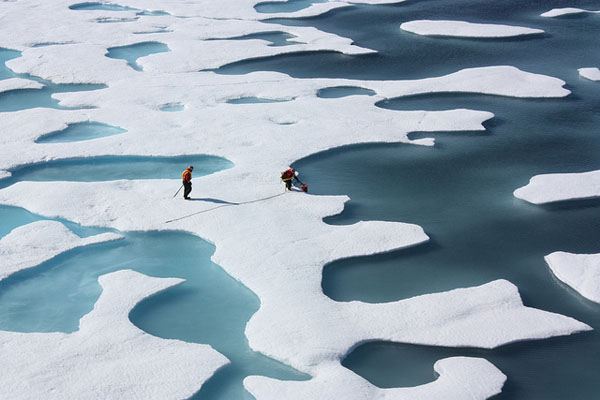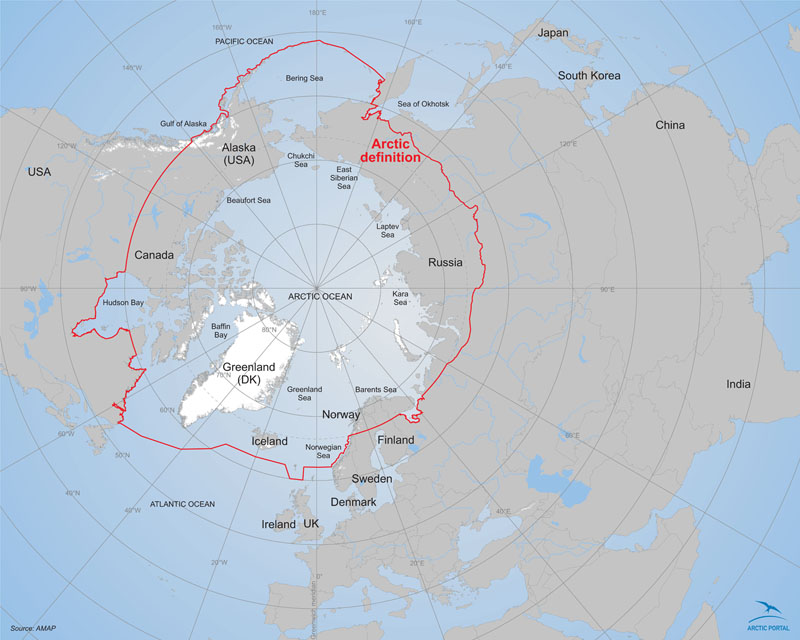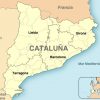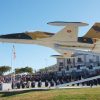
Vyacheslav Shtyrov, chairman of the Russian council of experts on the Arctic and Antarctica, recently said that ‘there is a strong possibility that the Russian Arctic is the first line of defence in case of a global military conflict, because that is the most likely direction of an adversary’s nuclear missile attack’. Meanwhile, on 16 April, Russia’s Defence Minister Sergei Shoigu affirmed that ‘the military exercises of NATO on its Eastern Flank and the Arctic region are directed against Russia’. These assertions are no surprise, given the rising tensions between Russia and the West because of the crisis over the Ukraine, the intensification of military manoeuvres in the area and the fact that four of the eight countries sharing borders in the region (US, Russia, Canada, Greenland, Iceland, Sweden, Norway and Finland) are members of NATO. In addition, as from 24 April, the US will hold the chairmanship of the Arctic Council for the next two years.
The Council was created in 1996 (Spain has observer status from 2006) as a development of the UN Convention on the Law of the Sea (UNCLOS). It was a good example of the cooperation possible between Russia and the West following the end of the Cold War, despite the persistence of territorial disputes (especially over the Lomonosov Ridge, where, in 2007, the Russians staked their claim by planting a Russian flag made of rust-free titanium on the seabed at a depth of 4,302 metres) and the fact that the US is the only country of the eight that has yet to ratify the UNCLOS, namely, the legal framework to establish boundaries and distribute natural resources.
Although scientists from various organisations involved in the fight against climate change and think tanks believe that cooperation within the Arctic Council is essential to address all the region’s problems and suggest not making it the scene for geopolitical rivalries, tensions are likely to increase in future over both territory and natural resources (30% of world oil reserves are in the area). Added to that is the fact that Russia had begun to increase its presence and to accumulate military forces in the area before the outbreak of the Ukraine crisis.

Russia has restored the old Soviet bases of its Northern Fleet (which was created between 1933 and 1937 and was the only one in the world with a nuclear-powered icebreaker), especially those at Murmansk (headquarters) and Severomorsk (administrative command), and has established two new bases, one in the Novosibirsk Archipelago and another on Wrangel Island. Following the publication in 2009 of Principles of State Policy of the Russian Federation in the Arctic until 2020 the Arctic has become one of Russia’s priority interests. The new Military Doctrine, approved by Putin in December 2014, emphasises this. Russia announced that from 1 May it would activate drones in the area and it has already published (in a spirit of pure provocation, of course) satellite images of alleged American spy planes. The presence of Russian planes near the Canadian and US borders, often entering the airspace of these countries, is becoming increasingly common.
NATO members have conducted joint military exercises with Norway, the only country apart from Russia which has military bases in the area. Given the collapse of cooperation between Russia and the West because of the Ukraine crisis, the Arctic is beginning to take on a new meaning in NATO’s security and defence policy.
The Alliance’s response to the Ukraine crisis has been to promote a conventional deterrence towards Russia. To this end, the summit held in Wales in September 2014 adopted the so-called Readiness Action Plan (RAP) in order to strengthen and secure NATO’s Eastern Flank (ie, the territory of the countries that border or are closest to Russia). The plan consists of three strategic sub-flanks –the Baltic Sea, the Black Sea and the continental edge of Europe– and involves a Very High Readiness Joint Task Force (HRF). These two plans will be complemented by joint military exercises with the countries that feel threatened by Russia, including Sweden and Finland, who are not NATO members.
Given the increase in the Atlantic Alliance’s operations in the Arctic and the Baltic regions, the implementation of the RAP for the Eastern Flank and the prompt Russian response in strengthening the military capabilities of its Black Sea and Northern Fleets and its bases in Kaliningrad and Belarus, the only ice that is melting in the Arctic is on the surface of the sea. The metaphorical climate of scientific and economic cooperation and of security and defence are becoming worse than in the Cold War and threatening to become truly icy.
The Arctic will be the scene of future nationalist rivalries, in the style of the 19th century –a struggle for territory– but also of the geopolitical consequences of the Ukraine crisis, which although not global in nature will surely have global consequences.


